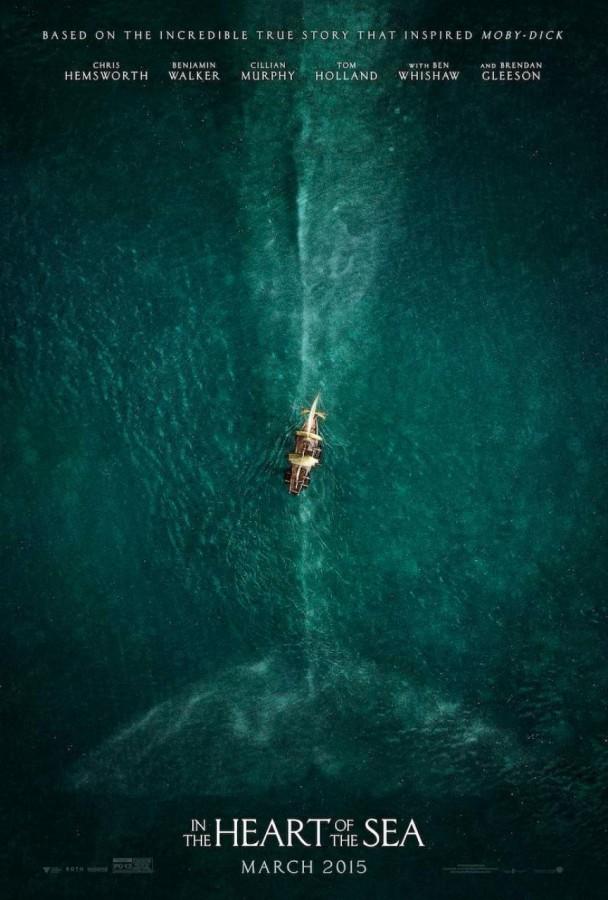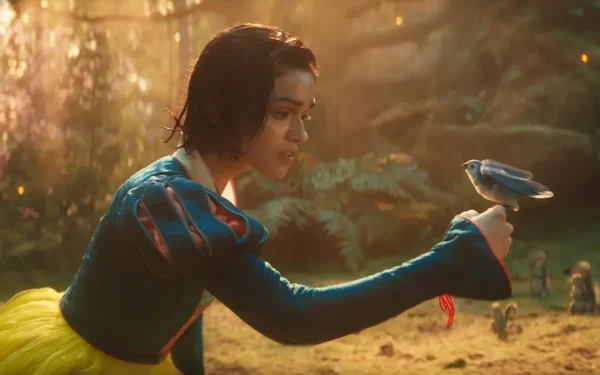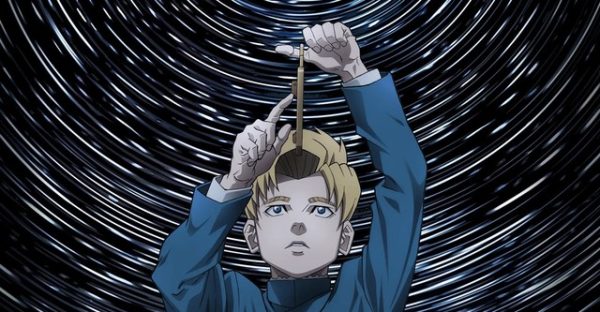‘In the Heart of the Sea’ stays afloat amid clichés
Wedged in between the releases of two projected successes, “The Hunger Games: Mockingjay Part 2” and “Star Wars: The Force Awakens,” “In the Heart of the Sea” had big shoes to fill. Based on a true story, the film retells the story of the New England whale ship Essex attacked by a sperm whale in 1820 and the remaining crew’s struggle for survival. While stereotypical in many elements, the visuals and storyline save “In the Heart of the Sea” from drowning.
The screenwriters bring an interesting amendment to Nathaniel Philbrick’s nonfiction book that really ties together the movie. The story of the Essex told in the book “In the Heart of the Sea” is gathered from first mate Owen Chase’s personal account from 1820 and cabin boy Thomas Nickerson’s written account from later in life. However, the movie begins with a fictional portrayal of “Moby Dick” author Herman Melville, played by Ben Wishaw, attempting to convince Nickerson, played by Tom Holland and Brenden Gleeson, to relay his account to him so he can write it as a novel in 1850. Nickerson eventually agrees, launching the audience into the story of the whale ship Essex. Melville’s interview with Nickerson is effectivein breaking up parts of the 1820-flashback in order to keep scenes from bleeding together.
Advertised as a parallel to Herman Melville’s epic man versus nature tale, the film did not match the expectations set. Granted, advertising a nonfiction version of a classic novel in this day in age does not bring in audiences, which probably accounted for the nearly empty theater I watched it in and the low $11 million it took in at the box office. Instead of the action-packed movie promised by trailers, viewers were exposed to a more introspective and philosophical story relying mostly on audience interpretation. For example, in the final standoff with the whale, Chris Hemsworth’s character, Owen Chase, appears to be enlightened, but of what is never made entirely clear. The movie makes other attempts at universal themes, but falls short. A brief conversation on whether or not humans are destined to rule the Earth fails to find finality on the topic.
The portrayal of the whale itself aided in saving the movie with the adaption of water-level views of the ship and what is assumed tto be the whale’s point of view, which helped build suspense as the whale followed the lifeboats stranded out at sea. The lack of footage of the approaching whale at times often felt reminiscent of “Jaws.”
Still, some of the movie’s aspects became quickly overdone or too mainstream. The character of Owen Chase, when first introduced, as a son desperately trying to fulfill his dead father’s dream of being a whaler, get old within five minutes. Whenever there seems to be a sign of rescue for the stranded crew, the viewer just knows it is false hope because the movie’s only half-way done. By the third time the whale attacks the crew, things begin to feel redundant. Post-movie, I felt I had just seen a weird combination of “Moby Dick” meets “Jaws.”
“In the Heart of the Sea” is likely to become this generation’s “Moby Dick” movie rendition but does not measure up to director Ron Howard’s other masterpieces. Despite its shortcomings, “In the Heart of the Sea” provided ample suspense and introspection to be deemed a very thought-provoking movie, though not necessarily the action film it was presented as.
Your donation will support the student journalists of Hagerty High School. We are an ad-free publication, and your contribution helps us publish six issues of the BluePrint and cover our annual website hosting costs. Thank you so much!












